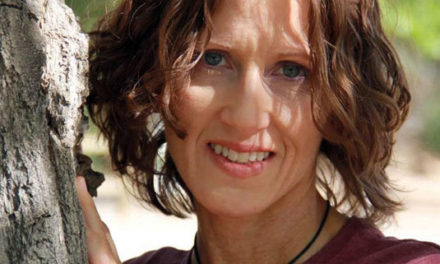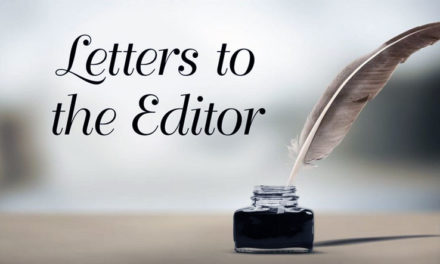
Last month, literature from “Little Long Ears Miniature Donkey Rescue,” and “Peaceful Valley Donkey Rescue” pretty well answered the question: What kinds of situations do donkeys and mules need to be rescued from? But I wanted to know more and, as usual, every question led me down another path of discovery.
In April 2020, an old photograph showing soldiers crossing a field, one carrying a baby donkey on his back, went viral. The story said the soldier carried the little fellow so he wouldn’t wander onto a mine and blow everyone up. A caption read, “During difficult times the first ones you have to keep an eye on are the jack-asses who don’t understand the danger and do as they please.”
But a USA Today fact-check article revealed that the photo was taken in 1958 during the French-Algerian War. Soldiers had found the baby foal alone and starving and brought Bambi (as he was later named) back to their camp. He became their official mascot and the brigade received a bronze medal from the Royal SPCA for their courage and humanity.
Historian Douglas Porch wrote that the true message was “not one of self-preservation, but of compassion.” Forty years earlier, in 1915, Murphy the donkey and his master, Pvt. John Simpson Kirkpatrick, of the Australian Army Medical Corps, rescued more than 300 soldiers in 24 days from the front lines at Gallipoli to a beach for evacuation until Kirkpatrick was killed in action. He was recommended for two medals, and the Royal SPCA posthumously awarded Murphy their highest honor — the Purple Cross.
The National Service Animals Monument website says millions of mules and donkeys were, and still are, used in militaries worldwide. Afghan troops recently began using donkeys again after the drawdown of U.S. troops and equipment.
Mules (a hybrid of a horse and a donkey,) and donkeys (descendants of the African wild ass, which is now endangered) are strong, sturdy, sure-footed animals who can navigate rough terrain that vehicles cannot. They say a donkey knows three steps ahead where it wants to walk. Their backs are flatter than a horse, making it easier to transport people and equipment. They’re patient, affectionate, tolerant, persevering (stubborn in a good way,) smart, calculating, less flighty than a horse and good at assessing situations and keeping themselves and others away from danger.
These qualities have landed them jobs on the “20 mule teams,” who pulled tons of borax out of mines in Death Valley in the 1890s. In 1894, a steam engine called “Dinah” was sent to replace the mules, but she broke down and had to be towed back — by the mules. Donkeys are also highly praised as guard animals for sheep and goats because of their loyalty, territorialism and zero-tolerance policy for predators, including big cats and coyotes.
Sadly, these same qualities are why so many end up needing to be rescued. Some are worked nearly to death, then put out to pasture and neglected when they’re of no more use. As pets, some end up abandoned, neglected and left for dead because their families lose interest or don’t know what to do with them.
Cowhands learning to rope cattle use donkeys as targets, leaving these gentle, social, intelligent creatures with rope burns, slashes, broken ears and broken spirits. In China, their skins are used to make “ejiao,” (basically snake water but more expensive.) Not exactly fitting ends for beings who have served humankind in so many ways, including one who carried a prophet on his back.
The story goes that the little donkey was a runt, and the father didn’t think he was worth keeping. The children begged him not to put the little donkey down, so instead he tied him to a tree in town for anyone to take. A passing man found him and took him to his master. The little donkey loved his master, who was kind, gentle and loving. Later, when his master was crucified and dying on a cross, the donkey tried to turn away but couldn’t leave. As the sun went down, the shadow of the cross fell on the donkey’s back, where it has remained for all enduring time.
It’s bittersweet, learning about animals in light of the plights they endure. But things we don’t talk about tend to get worse. So I write.
















